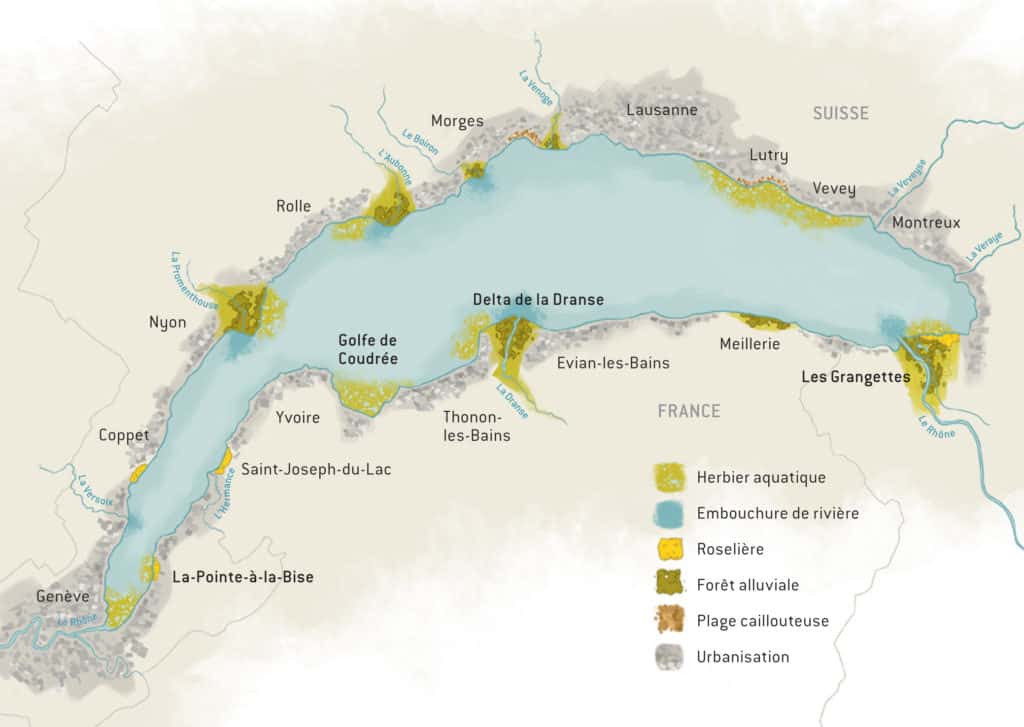Of course, everything in water is connected. On the other hand, the artificialization of riverbanks over the past two centuries with riprap, walls, quays, harbours and roads has greatly reduced the number of natural sites and fragmented them.
The result? Habitats are weakened, as are the species that take refuge in them. We urgently need to preserve those that remain.









 This exhibition, comprising 6 rollups, is available free of charge to enhance regional events. Simply contact
This exhibition, comprising 6 rollups, is available free of charge to enhance regional events. Simply contact 








